When it came time to plan my Ethiopian trip, I chickened out.
I was overwhelmed at the prospect of traveling here. So I cut myself some slack and booked merely ten days in Ethiopia, just enough time (I incorrectly assumed) to visit the tribes in Omo Valley and Lalibela.
Not only was it not enough time for both places, but there are a half-dozen other Ethiopian highlights I completely neglected to consider when planing this itinerary. These destinations came into sharp focus as I saw pictures my friend Mike posted on Facebook — truly excellent photos — and suddenly I had a case of travel envy and slight panic that I’d underestimated how much this country has to offer. But it was too late; my international arrival and departure flights were booked.
So at some point in my life, I will return to Ethiopia. Because, as I’m about to show you, there’s a lot more to see. (All of these photos were taken by my friends Mike and Phil — both talented photographers — and are posted here with their permission.)
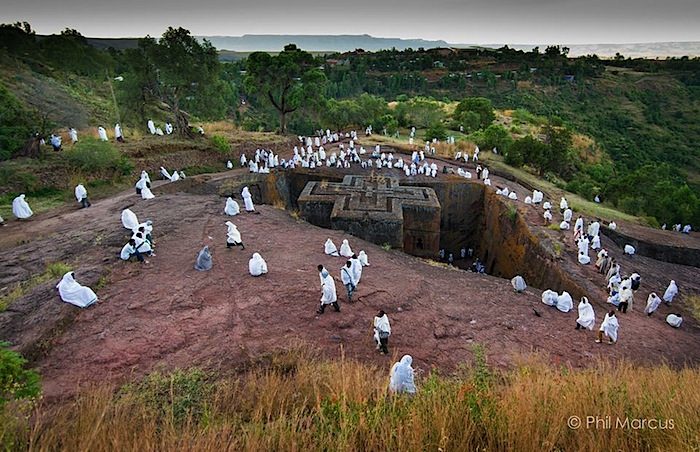
This is St. George Church, the most prominent of the eleven rock-hewn, sunken churches in Lalibela. We’re talking about entire multi-story buildings cut out of rock underground! My friend Phil took this above photo and I’m blown away each time I see it — it’s actually the reason I decided to add Ethiopia to my African itinerary many moons ago. He happened to be there on St. George Day, and once-a-month celebration where pilgrims stay up all night praying.
Mike took the photo below from ground-level perspective looking down onto one of the churches. It shows off the truly impressive depth of these structures.
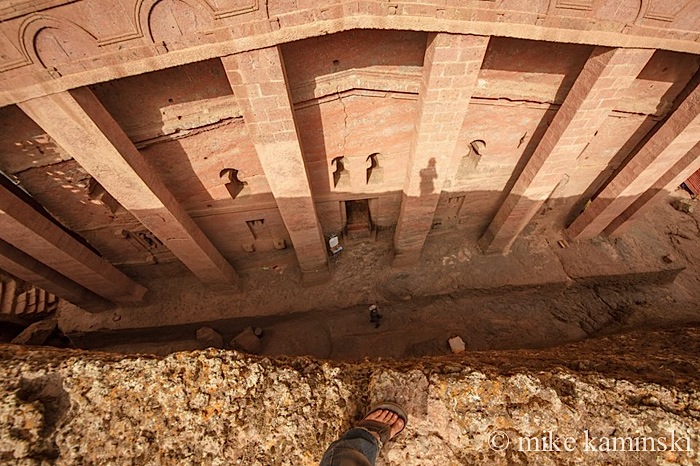
A few more of Mike’s photos featuring scenes of Lalibela:
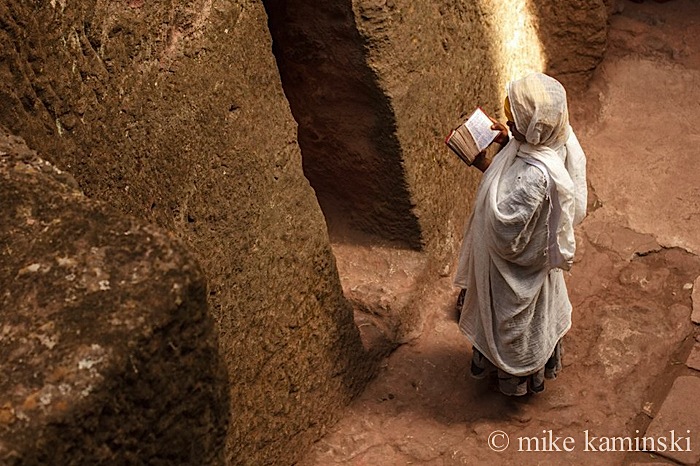
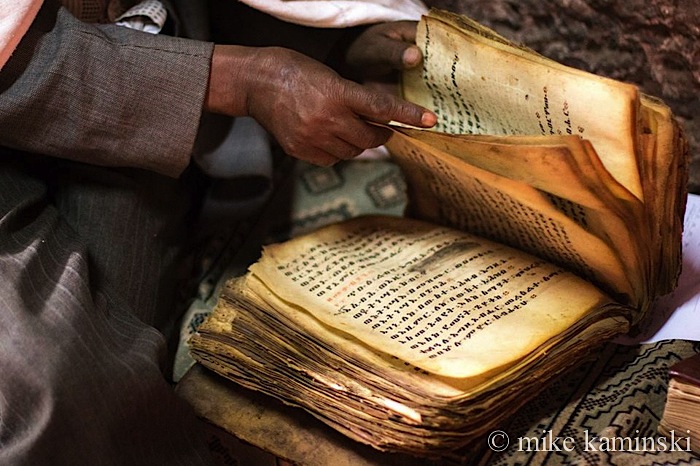
Can you see why I have to go here? What an unbelievable place.
Another spot I hoped to squeeze in during my Ethiopia visit was Bahir Dar located north of Addis Ababa. It’s home to Blue Nile Falls, which is believed to be the River Gihon mentioned as flowing out of the Garden of Eden in Genesis (thank you Wikipedia). Depending on the time of year, these falls gush even more than in the photos below, which Mike snapped during his time here.

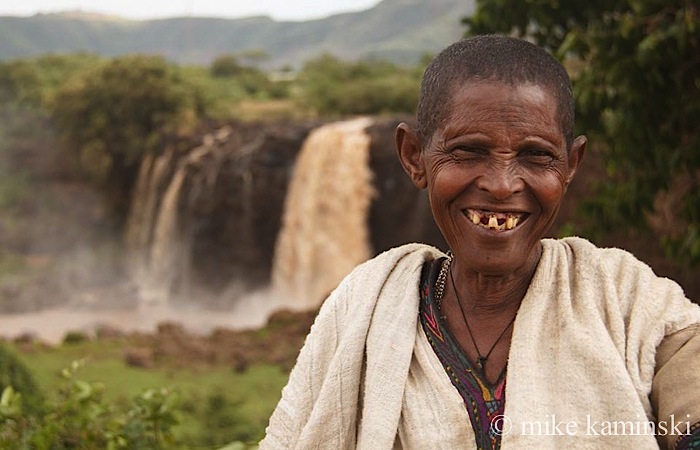
I hadn’t even heard of the Danakil Depression until Mike started posting these unreal photos on Facebook. This doesn’t look like Earth! Danakil is located at the very north of Ethiopia not far from the Eritrea and Djibouti borders (parts of which are disputed and dangerous). It’s known for volcanoes and scorching heat. A small and resilient population lives here, mostly people who work in the salt mines.
Check out these images of volcanic and geological activity:
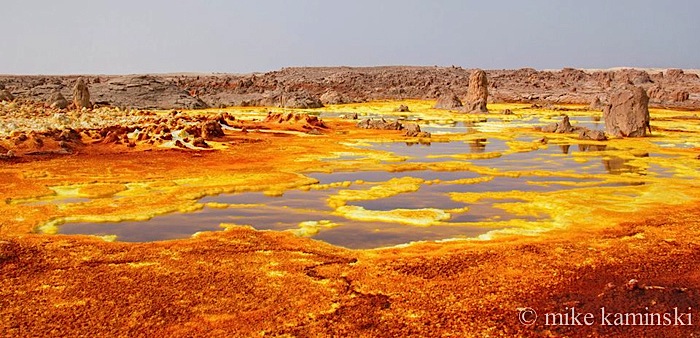
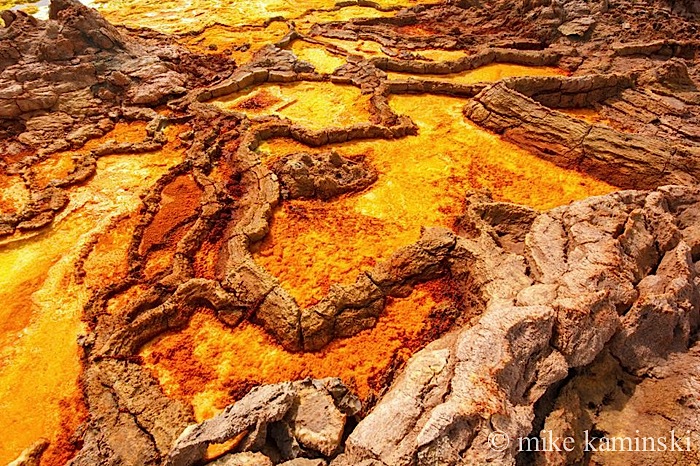
Mike said it’s hard to breath with all the sulfuric acid in the air.
This volcano has been in constant eruption for over 50 years:
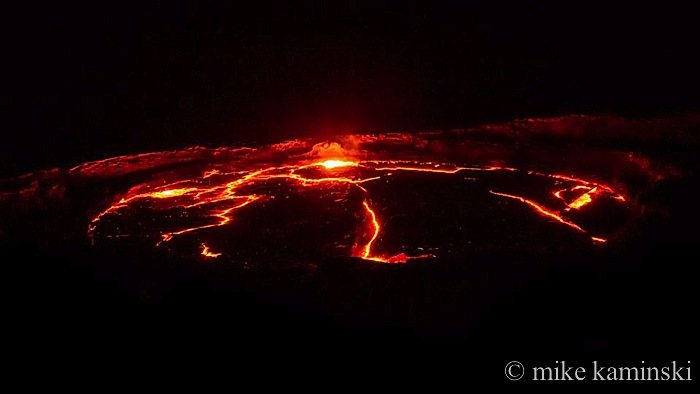
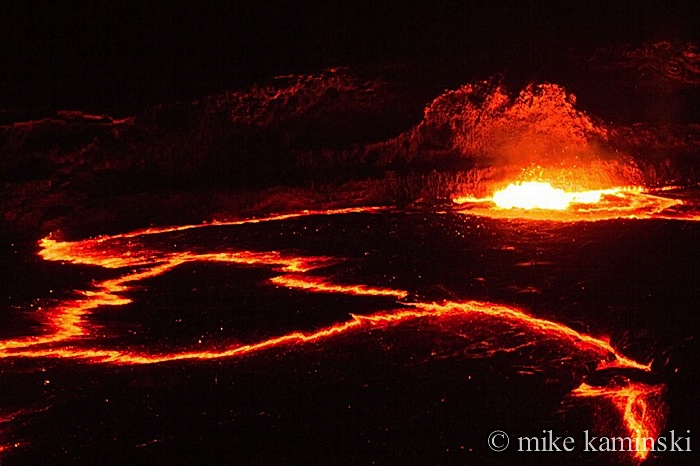
I’m eager to photograph salt flats, as Salar de Uyuni in Bolivia has been on my unofficial bucket list for years. But these salt flats around Danakil look just as impressive.
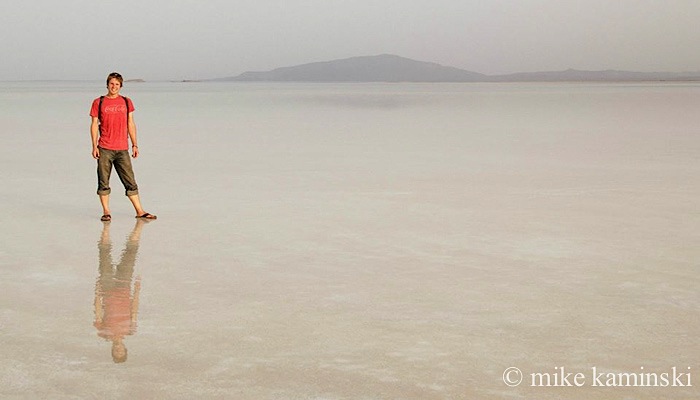
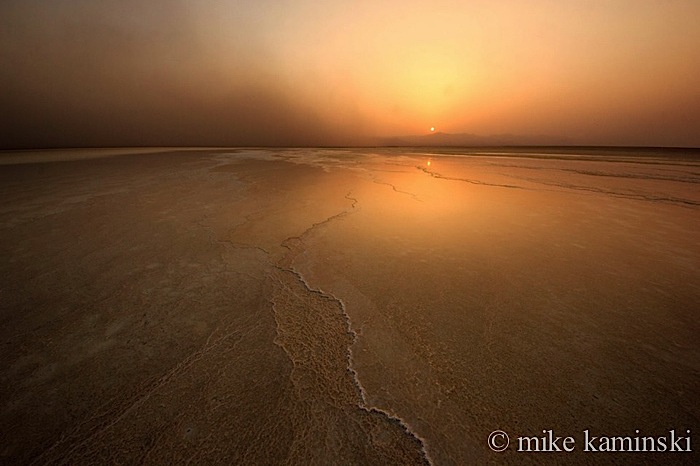
Mike captioned the photo below on Facebook by mentioning they slept on these wicker cots with no sheets or sleeping bags — even at night the heat is brutal. The upside is that it’s likely too hot for bugs.
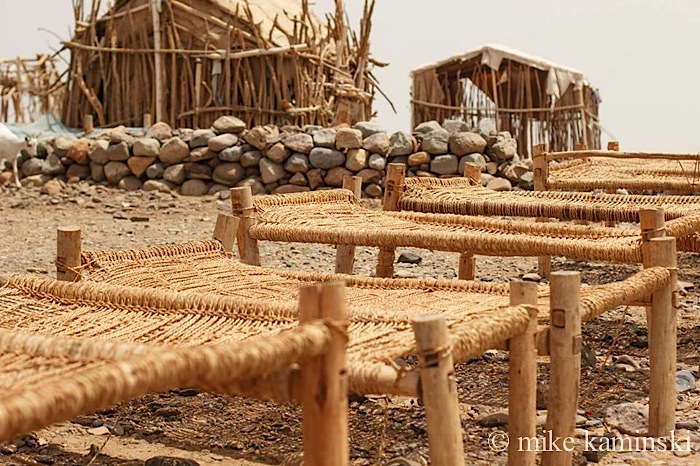
A few more images from one of the world’s most unique spots:
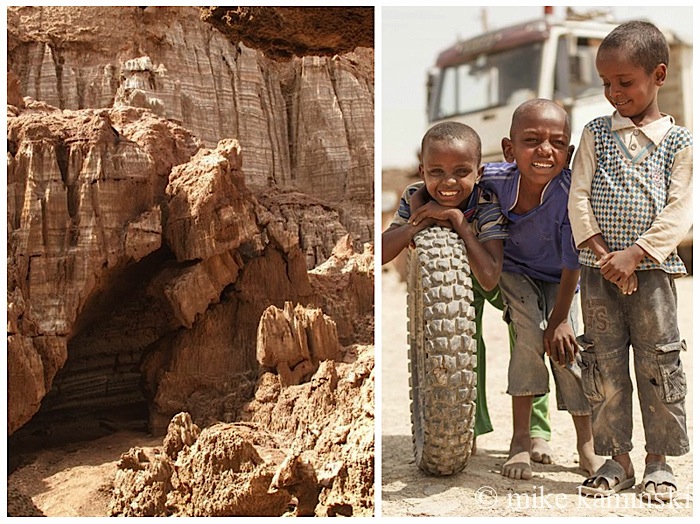
This is Simien Mountains National Park, another area that wasn’t on my travel radar until I saw these photos:
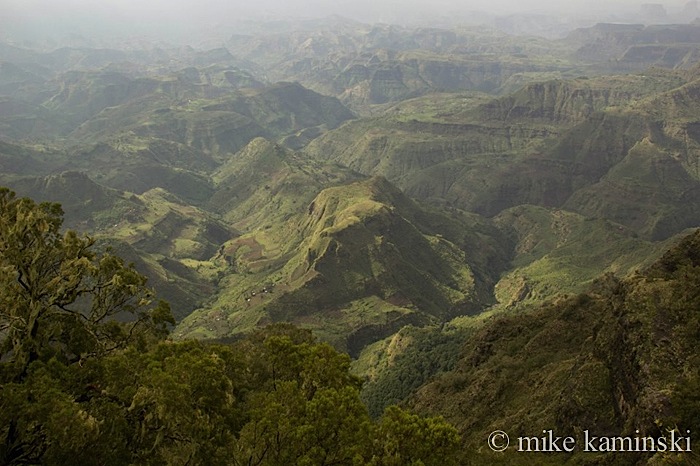
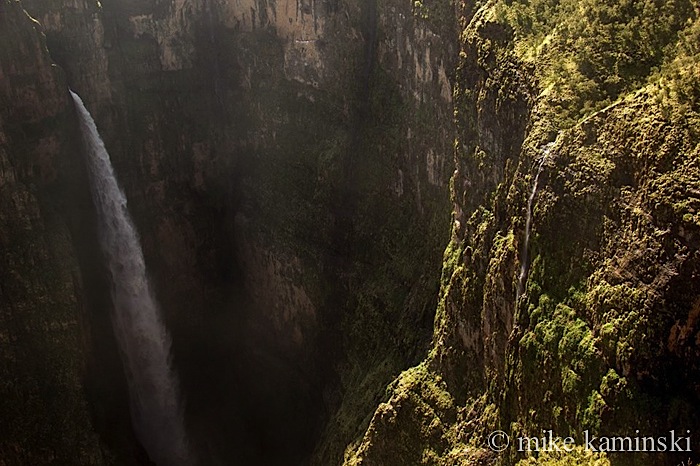
This mountainous part of Ethiopia is home to the gelada baboon, also nicknamed bleeding heart baboons after the red-stained shape on their chests.
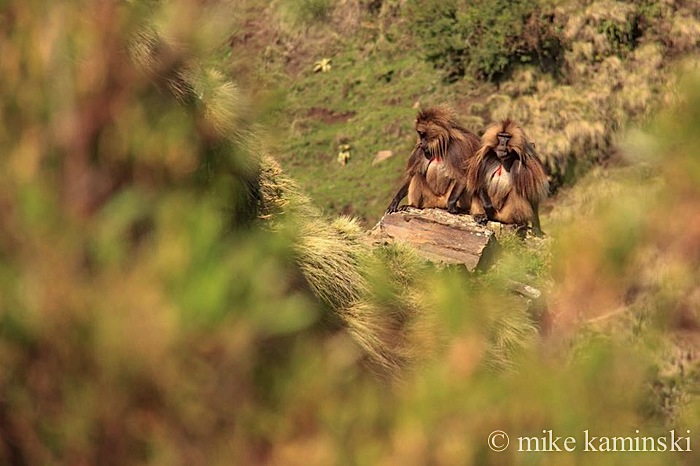
Hello, sir!

Gondar isn’t far from the Simien mountains; the Fasil Ghebbi (Royal Enclosure) is considered to be the Camelot of Africa.
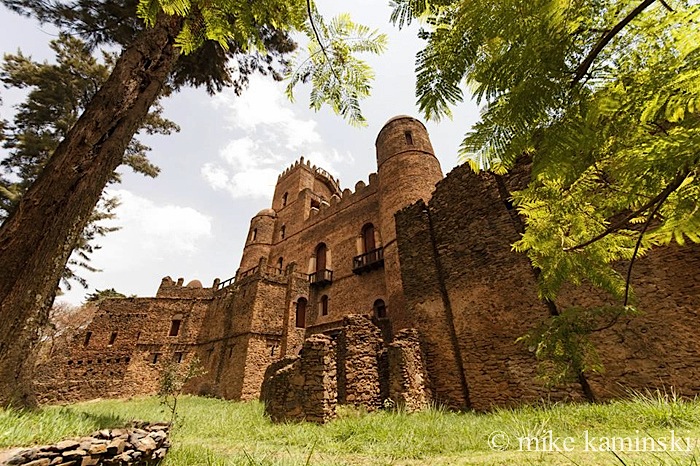
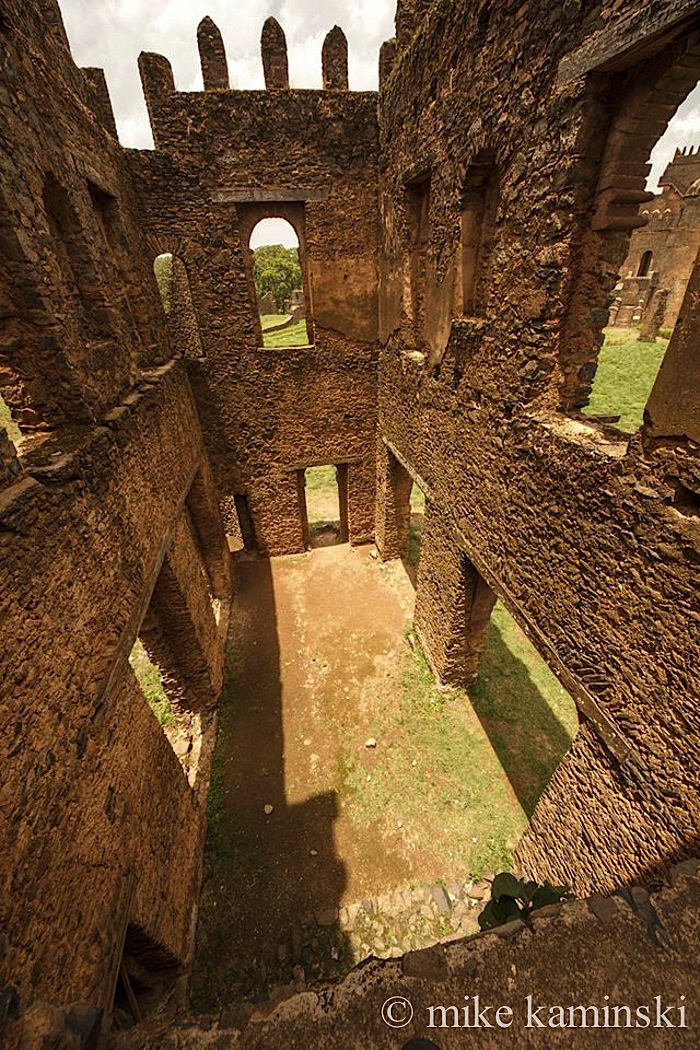
I’ll wrap up with a few final photos of Omo Valley. Remember how we narrowly missed a Hamar tribe bull jump ceremony? Well my friend Phil was lucky to see multiple bull jump ceremonies during his Ethiopian travels, and his photos are spectacular. Here’s a photographic rundown of this coming-of-age tradition.
As part of the pre-ceremony, young men in the tribe prepare to whip the women.
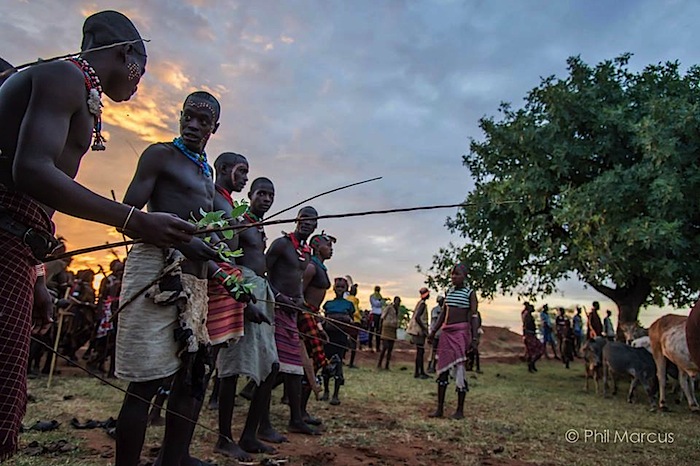
The women cajole the men into using the whips; it’s a point of pride to receive the most lashes. While this is uncomfortable to think about from our perspective, it’s an embraced tradition here.
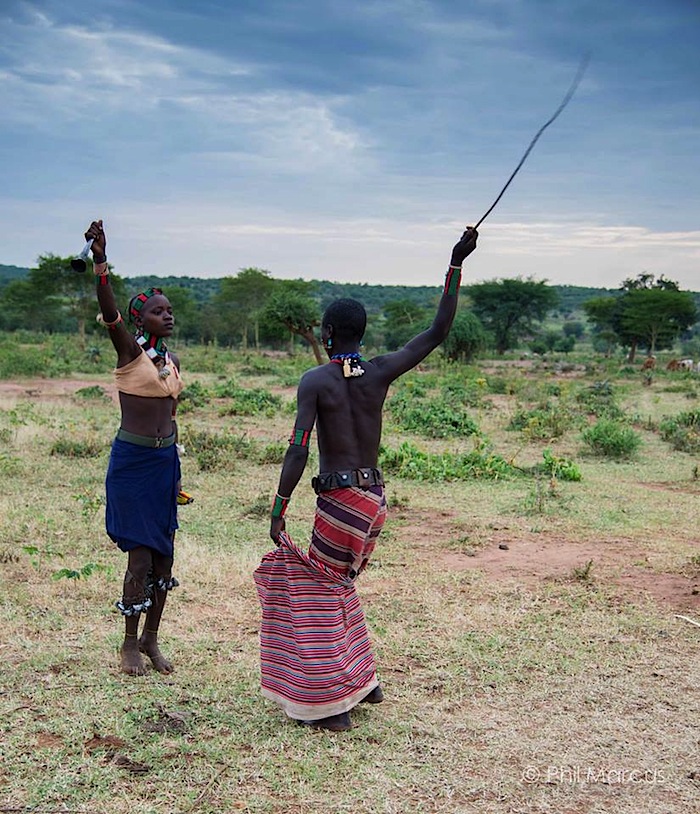
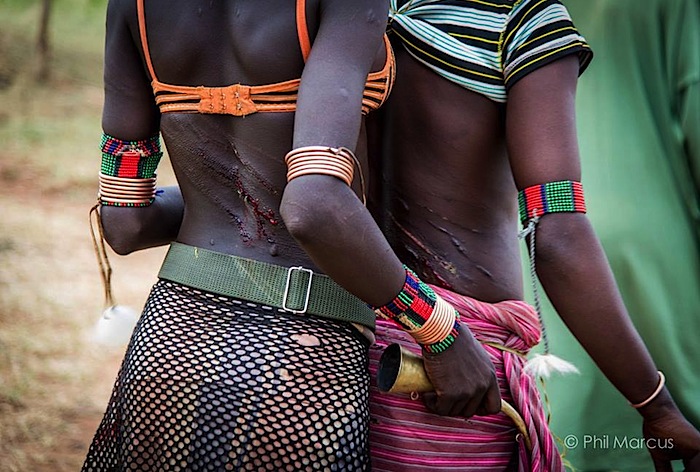
Next the men round up the bulls…
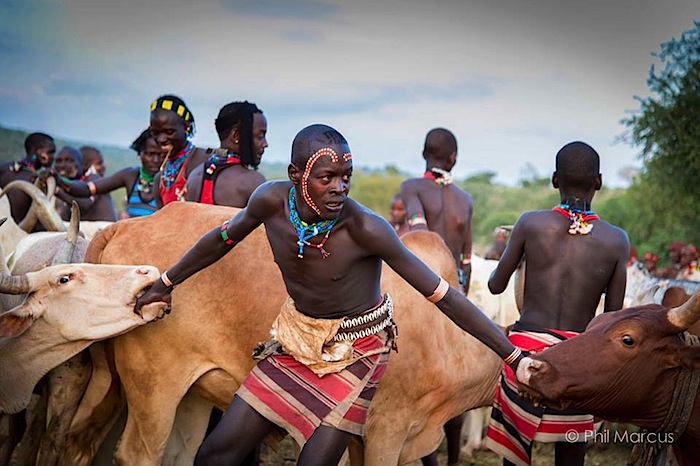
… and line them up:
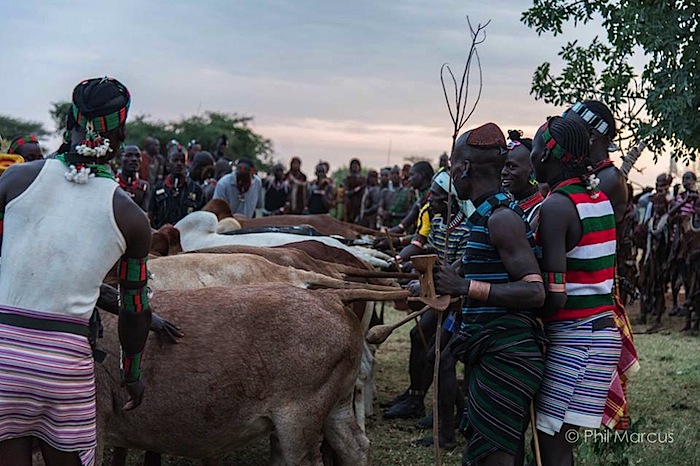
The young warrior rubs bull dung on his feet to make them extra slippery and then runs back and forth, twice, along the backs of the bulls. He’s likely to stumble, provoking laughs from his family and tribe. Oh, and he’s nude.
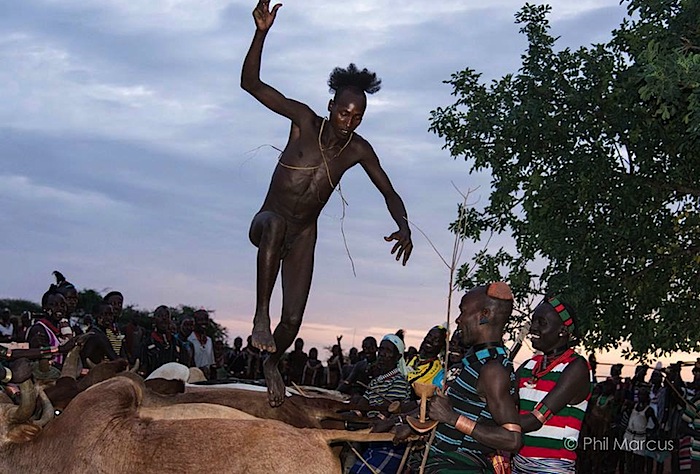
So that’s what I missed! Bummer, right? Perhaps if I’m back in Ethiopia at a future date, I’ll add a few more days in Omo Valley to attempt to see this with my own eyes / camera.
I think that to really see Ethiopia, it would take at minimum three weeks. Obviously, the primary mode of transportation will factor into any timeline — I prefer flights to access remote areas in a more timely fashion, although there’s a lot to be said for the local bus experience. And depending on the season, it might be harder to book tours (especially in Danakil) since it takes a certain number of tourists for a trip to run. The more time you can spare, the better.
So who wants to go to Ethiopia?!

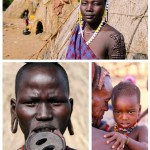
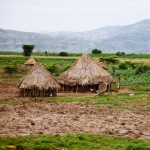
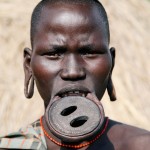

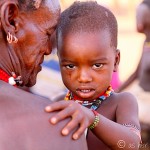

Wow – thanks for a beautiful series of posts on Ethiopia. From the honesty about finding yourself alone in a less traveled, more challenging corner of Africa (the uncomfortable start that so many great stories have, I think!!) to this excellent post about what else is out there. I look forward to your posts every morning. Hope you’re well!
Thank you, Erica! Your words mean so much — thanks for taking the time to comment! It’s my pleasure to share these photos and stories and I’m so pleased you like reading them!
I went to Ethiopia this past April. The first 10 or so days was part of a school trip, and the last part was our free time. A group of us went to Lalibela to see the Easter ceremony. Here is my album from my time there: https://flic.kr/s/aHsjXVoqAd. One of my classmates was obsessed with the idea of going to the Danakil Depression, but given our time restraints and the cost (especially if you have to hire security), he opted to come with us to Lalibela.
Salar de Uyuni has been on the top of my bucket list for many years also.
Your photography is really stunning. Thanks for sharing that link! You captured evocative details and moments. It’s adventurous that your school ran a trip there — very neat. Thanks for the comment!
Thanks for your informative posts about Ethiopia. Whilst I would do some things differently it was extremely interesting to read your experiences and thank you for sharing many tips. I am planning a trip next year for myself, husband and son – can’t wait it all sounds so amazing.
Cheers and Asante Sana
Thanks Cheryl, I’m glad you found my posts helpful. I wish you and your family a great trip to Ethiopia next year! I am sure you will not be disappointed by its beauty.